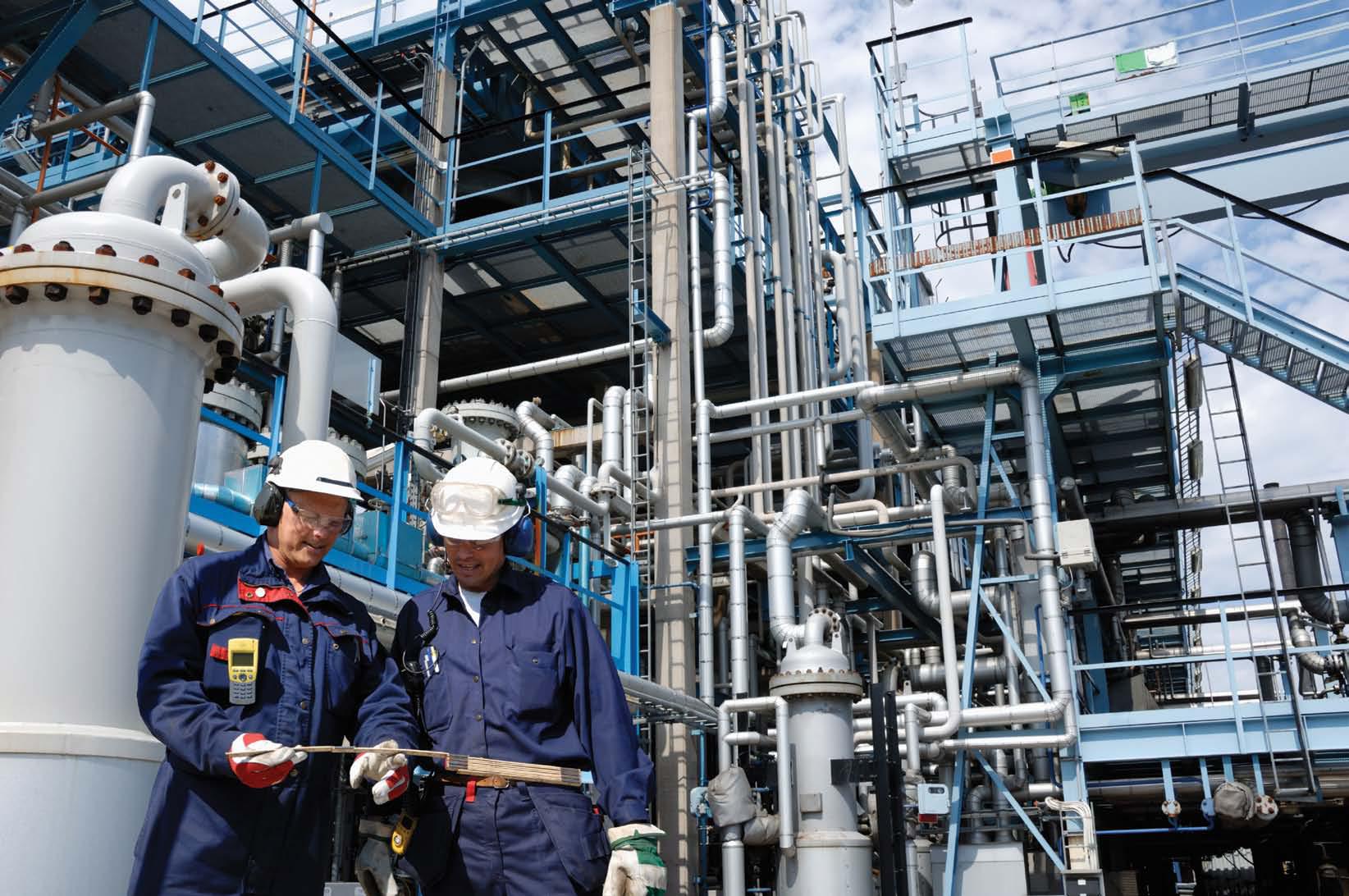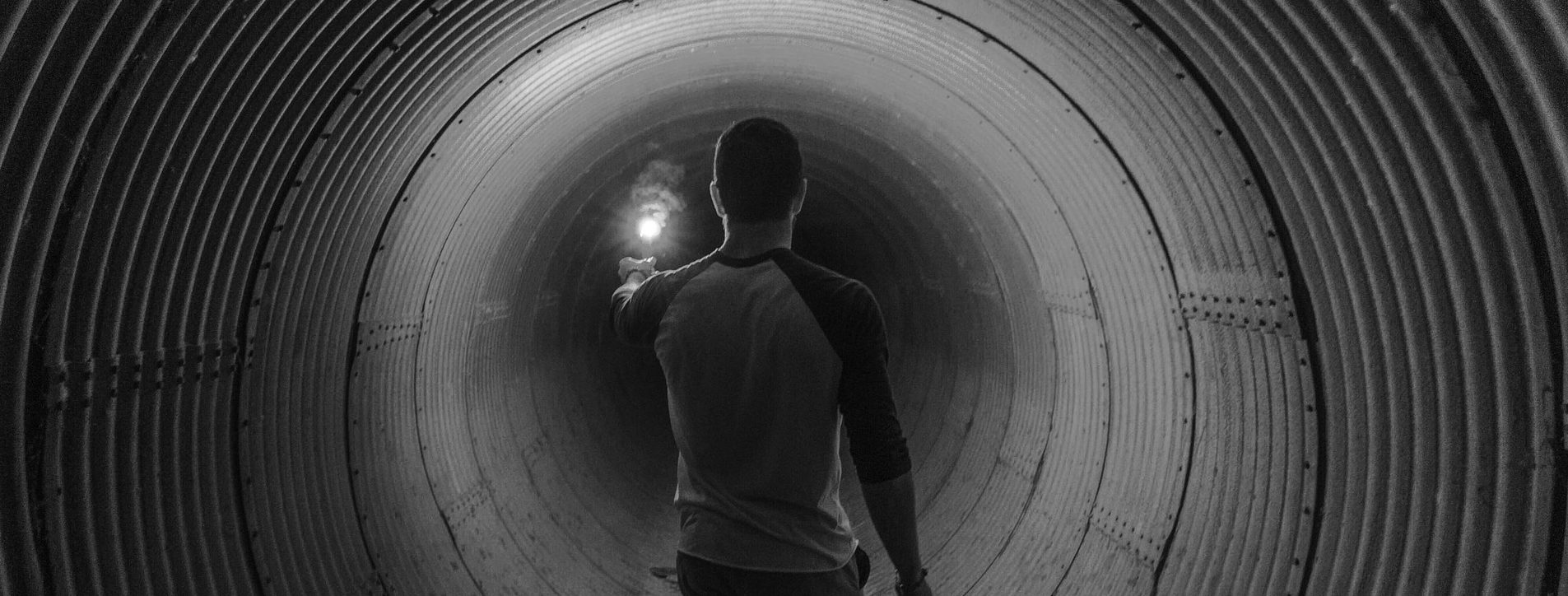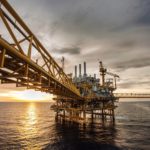This promotes the formation of copper and iron oxide.
Demineralized and deionized water is used in various industries, from heat plants to the pharmaceutical industry to maintain the level of water purity in the production process.
The water supply is critical during normal operation, but also during production interruptions. Resuming activity and reintroducing water into the system involves the penetration of corrosive contaminants.
For example, in the production of electricity, thermal plants use steam generators or boilers. During periods of interruption (maintenance, damage or other stops), boilers or pre-heating systems are drained.
But with the resumption of activity, the tanks are replenished with aerated water with a high concentration of dissolved carbon dioxide, carbonates and oxygen. The aerated water contains a low pH and dissolved carbon dioxide, carbonic acid and carbonate, which causes the corrosion process of the vessel to start in the same time with the moment of reintroduction of water into the tank.

To prevent corrosion in water tanks, practices like dusting and bubbling with nitrogen are used. By these combined techniques, nitrogen bubbling in water removes dissolved oxygen and carbon dioxide, and wet air above the water is replaced with dry nitrogen, forming a protective cover over the surface of the water.
Water pressure above the water (blanketing) is automatically adjusted depending on the water level in the tank.
The Parker White Paper – explains in detail these procedures, along with the benefits of using a local nitrogen source.
Additional information in the article Nitrogen Sparging and Blanketing of Water Storage Tanks.
- Feeding the boiler with depleted water (low oxygen and carbon dioxide) prevents corrosion, and the formation of copper and iron oxide is minimized;
- Restarting the process is done faster, as there is less copper and iron deposited on the inside of the boiler;
- Energy costs are reduced as no further steam purges are needed for deaeration.


